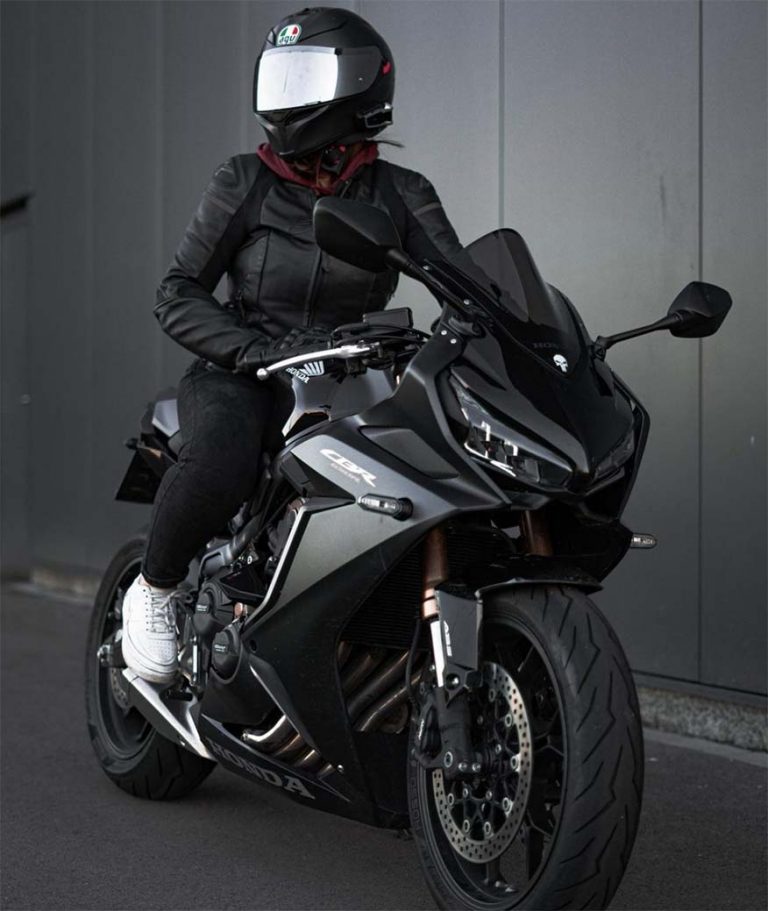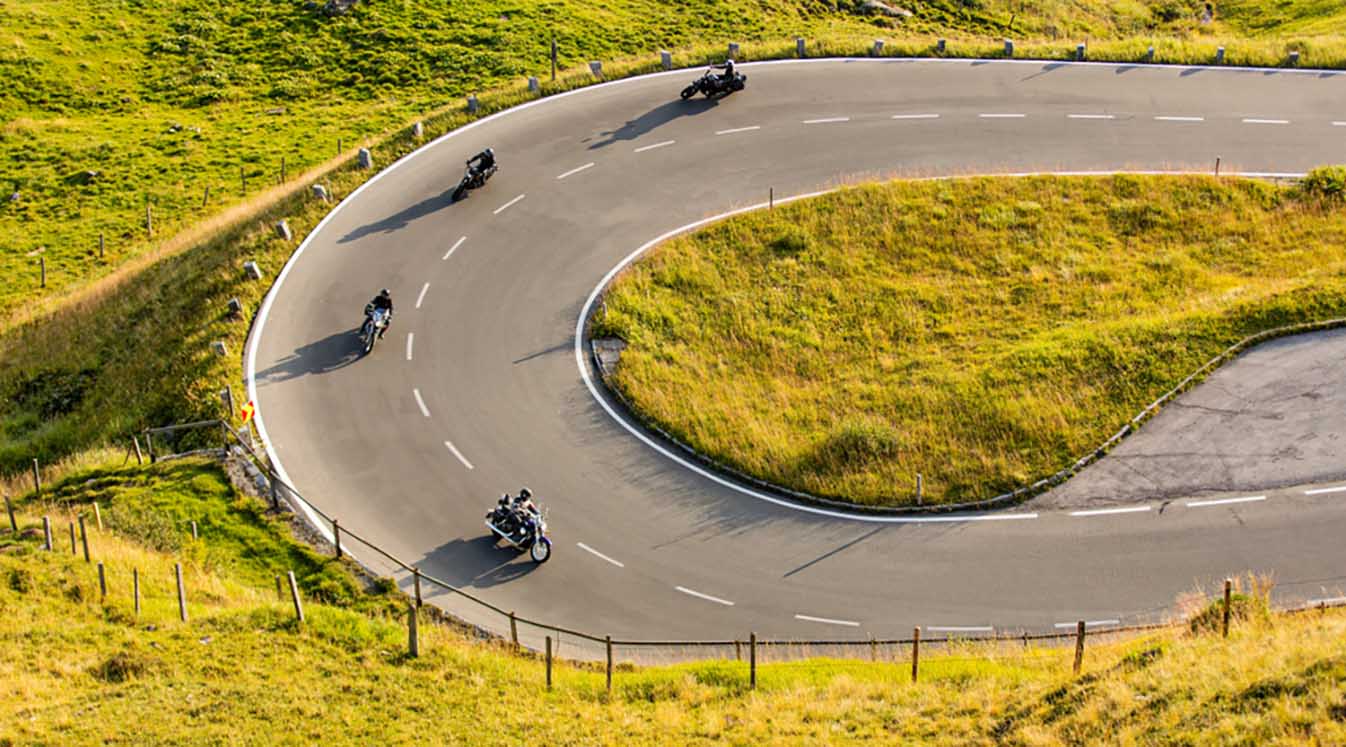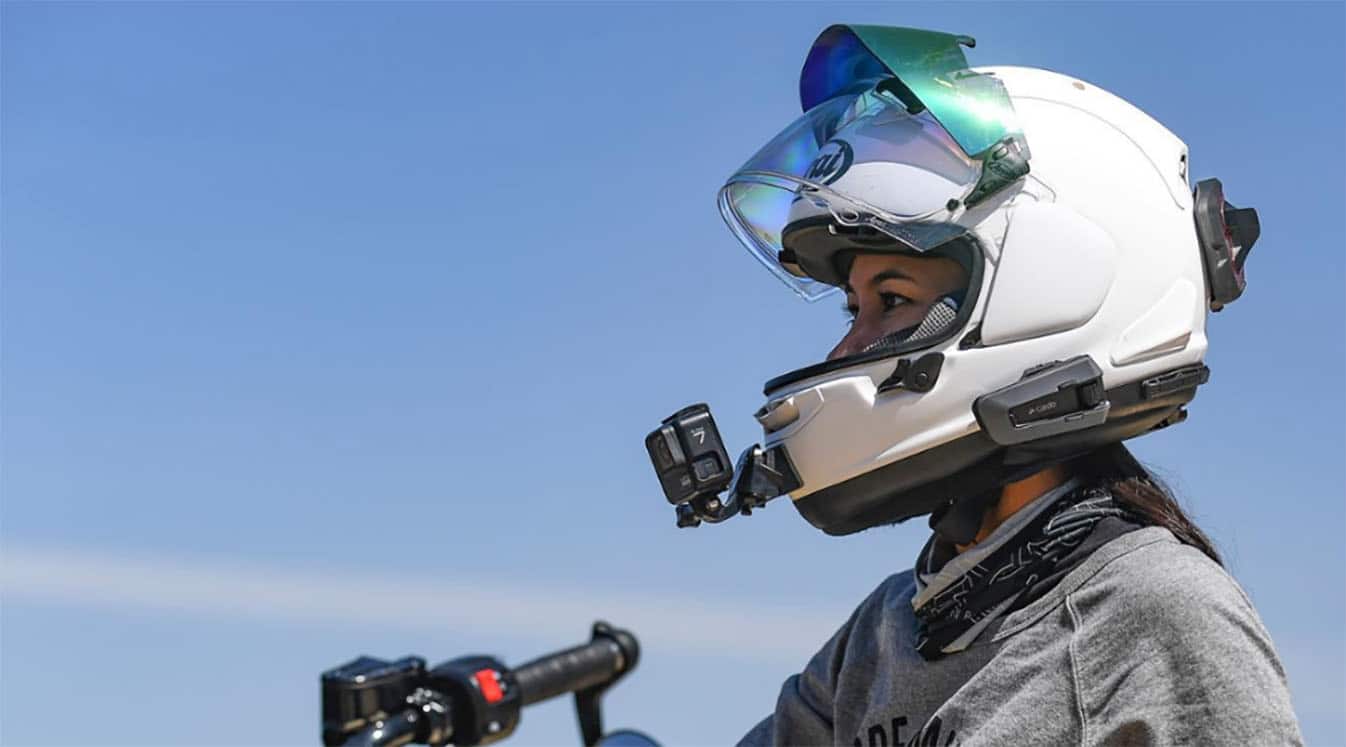The rules of the road apply to all drivers, including motorcyclists. You need to be respectful of other people’s needs and intentions when making decisions behind the wheel. A slight hesitation or the wrong right-of-way will irritate other motorists. These kinds of mistakes can even increase your risk of injury. Learn the dos and don’ts of motorcycle etiquette to avoid making costly mistakes on the road.
1. Follow the Laws
It all starts with obeying all traffic and safety laws. The National Highway Transportation Safety Administration is here to remind you to follow the speed limit, obey traffic lights and signs and always check behind you before changing lanes. Drive defensively and expect others to make mistakes. Most multi-vehicle motorcycle crashes happen because other drivers simply didn’t see the motorcyclist. You can increase your visibility by adding high-vis markers to your riding jacket and keeping your headlights on even during the day.
2. Keep Your Eyes on the Road
You shouldn’t take your eyes off the road for any reason. Obstacles can appear at a moment’s notice, so always be on guard. If you need to use your phone or GPS while riding, mount it to the handlebars to keep it in view and use a motorcycle helmet Bluetooth headset to wirelessly interact with your device. Just speak into the receiver to check the map, send a message or to see who’s calling. It should connect automatically to the other riders in your group, so you don’t have to manually reset the connection every time you fall out of range.
Use a Motorcycle Helmet Bluetooth Headset from Cardo

3. Watch Out for Your Fellow Driver
We’re all in this together. Motorcyclists can run into all sorts of problems on the road, including minor headaches and life-threatening injuries. If you see a fellow rider in need, slow down and come to a stop on the side of the road as soon as possible to see if they need assistance. You can quickly call for help using your Bluetooth headset without physically taking out your phone. Bring along an emergency repair kit to fix the problem on the spot.
4. Leave Room for Others
Motorcyclists love to ride in groups large and small, but you need to share the road. Be mindful of drivers when riding in a pack and try to occupy as few lanes as possible. You can ride in a zigzag formation in one lane while keeping a safe distance from the next closest person in the group.
If there is only one lane, watch out for emergency vehicles and other drivers looking to pass. The person in the rear can give the other riders a heads-up that someone is looking to pass so everyone can slow down or pull to the side. Use the Cardo Packtalk Edge to connect with up to 15 riders at the same time. You can easily coordinate with each other without taking your eyes off the road. If necessary, break up your flock into smaller groups of five or less people each to make it easier for others to pass.
The same is true of parking. Avoid taking up an entire parking space with one motorcycle. Leave room for others by parking either at the top of the space or to the side. You should be able to fit two bikes to one space, depending on the make and model.
Check Out The Cardo Packtalk Edge
5. Practice Active Listening
Being able to hear important sounds while riding is key to navigating traffic. Drivers may honk at you for various reasons, so you need to keep your ears open even when using a Bluetooth headset. Use a device with quality JBL helmet speakers that will automatically adjust the volume based on the surrounding noise level, so you don’t have to do it manually. Listen for sirens and even pedestrians trying to get your attention when riding in crowded areas.

You can’t control the actions of other drivers, but you can control your own behavior. Err on the side of caution to avoid taking unnecessary risks behind the wheel.





